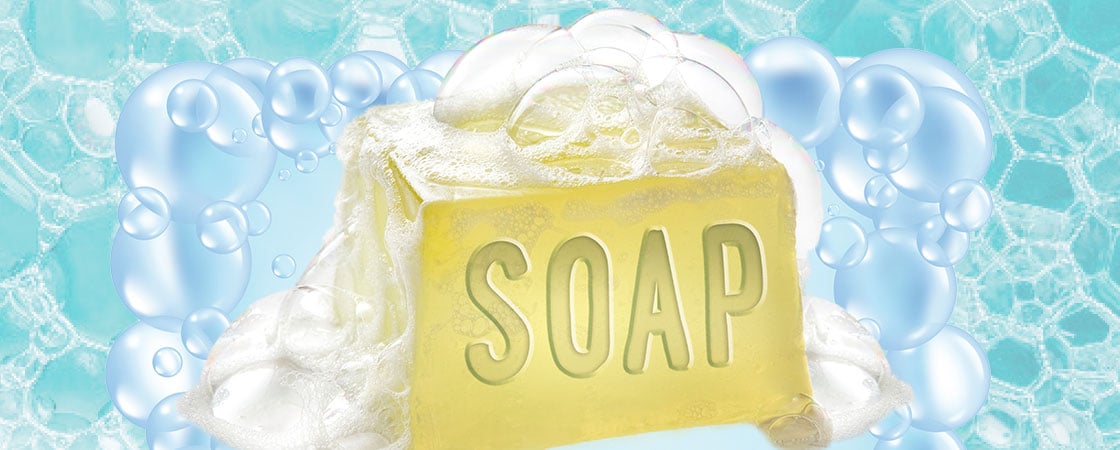Fifteen-year-old Abigail Foote stirred a giant pot of stinky, bubbling brown goo. It was 1775 in Colchester, Connecticut. For months, Abigail’s family had saved globs of fat from their meat, storing it in big barrels. They had also collected ashes from the fireplace.
Now, Abigail boiled the fat and ashes together over a fire outside. Thick smoke stung her eyes. Sweat trickled down her neck. Eight hours later, Abigail’s creation was finished at last. After it cooled, she reached into the pot and scooped out a lump of wobbly brown jelly.
This concoction wasn’t stew, or medicine, or a magic potion.
It was soap.

